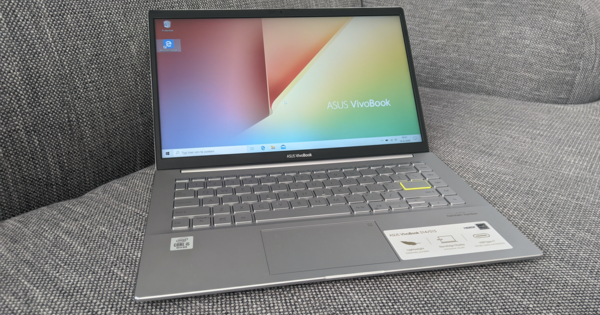Everyone knows it, you have old software and games for Windows 98 that no longer run on your current system with Windows 7 or Windows 8. Nevertheless, it is possible via a small detour to leave that classic game or handy software on your ultramodern computer. to spin.
In this example we will show how to get a game developed for Windows 98 to run on a new system. So it's a pretty old game. Realistically, there are limits to how long you can keep using old software. Ultimately, operating system designers must choose between backward compatibility and future capabilities.
And yet there is a reasonable chance that a program originally made for Windows 98 will work under Windows 7 or 8. But if it was already outdated in 1998, or was written at the time to be backward compatible, then it will problems with most current computers.
Install the software
If you try to install or open the program and see an error message like the one below, chances are you are trying to run a 16-bit program in a 64-bit environment. That won't work.

Originally, Windows was a 16-bit environment and only ran 16-bit software. With Windows 95, the operating system became 32-bit and could run both 16-bit and 32-bit programs. Windows Vista, 7, and 8 all come (or came) in 32-bit and 64-bit versions (the version you get depends on your PC's processor). The 64-bit versions can run 32-bit and 64-bit programs, but not 16-bit.
To see if you have a 32-bit or 64-bit version of Windows, check your system information. In Windows 7, you can do this by clicking Start, right-clicking Computer, and then selecting Properties. In Windows 8, click the Search charm, type system , click Settings, and then click System . There, look for the System type field for the answer to your question.

Running the program
If you have a 32-bit version of Windows you may be able to run the program. Right click on the .exe file, or a shortcut to the .exe file, and select Properties . Click the Compatibility tab. Then check Run this program in compatibility mode for and select an appropriate option. Now try to run it again. You may have to try a few different options before you find one that works.
But if you live in a 64-bit world (and most people do today) you have very little choice. If you have Windows 7 Professional, Enterprise, or Ultimate, you can download and install Microsoft's free Windows XP Mode and Windows Virtual PC. This runs Windows XP in a 32-bit virtual machine.

Unfortunately, you don't have that option if you have a 64-bit version of Vista, Windows 8, or Windows 7 Home. You can download and install a free virtual machine, such as VMWare Player, but you'll also need an old version of Windows to run in it.
Or if you're running the 64-bit version of Windows 8 Pro or Ultimate you can use the included Hyper-V to run a virtual machine, but you'll still need licensed Windows XP.
This is a loosely translated article from our sister site PCWorld.com, written by Lincoln Spector (@lincolnspector). The opinion of the author does not necessarily correspond to that of ComputerTotaal.nl.

